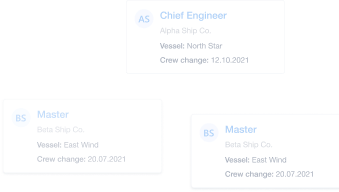What Are Nautical Flags & What Do They Mean?
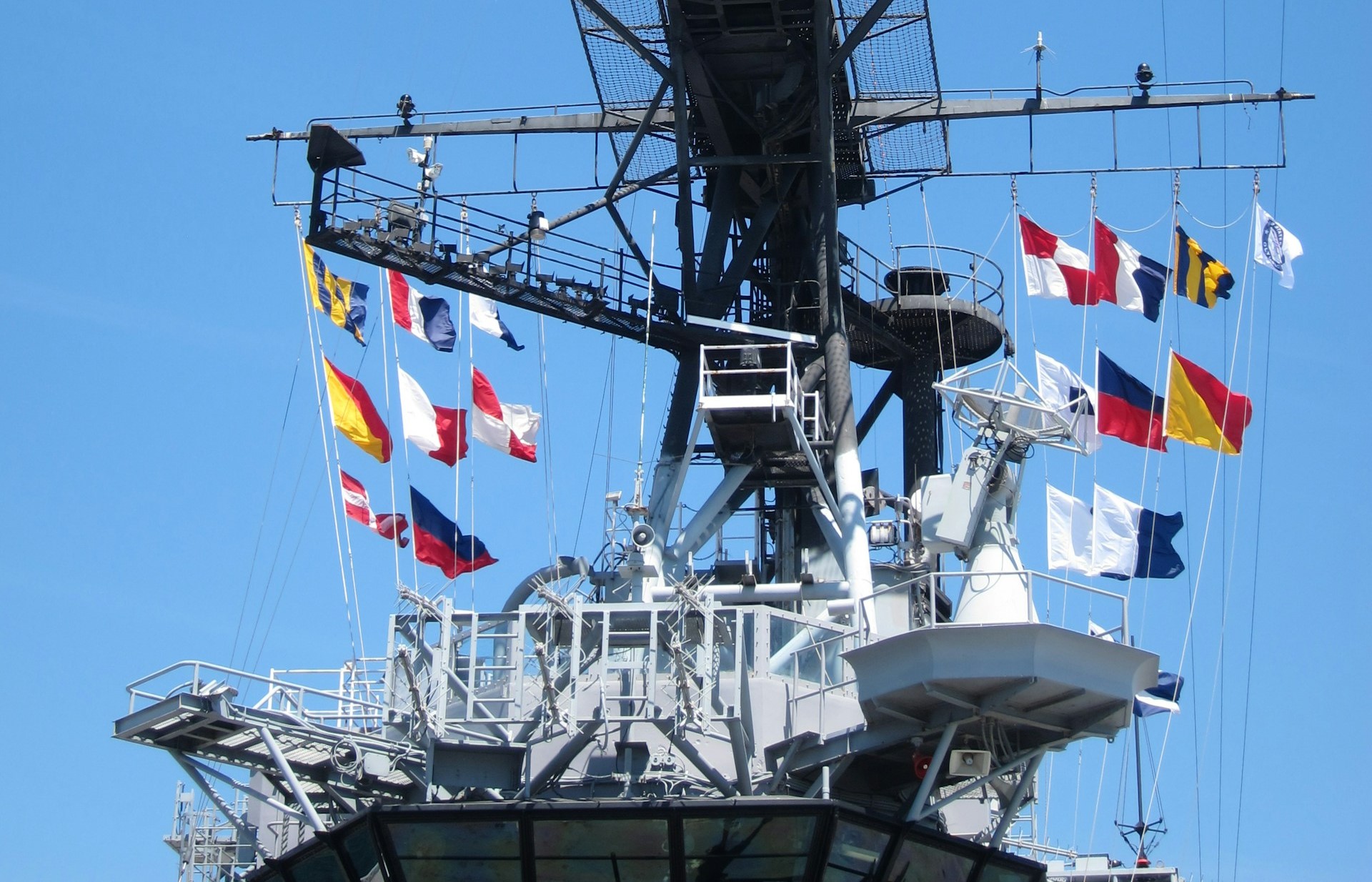
Nautical flags have been a vital means of communication at sea for centuries. They serve as a visual language that enables vessels to convey important messages over distances where vocal communication would be impossible.
In this blog post, we’re going to explore the origins, meanings, and significance of nautical flags, and how they continue to play a crucial role in maritime operations today. And if you’ve ever wondered what nautical flags mean alphabetically, keep reading and we’ll tell you!
What is the purpose of nautical flags?
As we’ve mentioned above, nautical flags exist primarily for communication and safety. Even today, in the vast, open sea, ships often encounter situations where they need to communicate without the aid of modern technology.
Whether it's signaling distress, coordinating maneuvers, or conveying navigational instructions, nautical flags provide a standardized method for vessels to understand each other.
It’s almost like a visual version of maritime English, or sea speak, which are words and phrases used to communicate by seafarers who need to relay messages and instructions clearly and concisely - and who may not be speaking in their mother tongue.
Some examples of maritime English are “mayday” - meaning “I need urgent help”, “starboard” meaning the right side of a boat or ship, and “port”, meaning the left hand side of a vessel.
Read more: Why Do Ships Use Port & Starboard?
But back to nautical flags. These are especially crucial during emergencies, poor weather conditions, or in areas with heavy marine traffic. They ensure that important messages are conveyed quickly and accurately, reducing the risk of misunderstandings that could lead to accidents or loss of life.
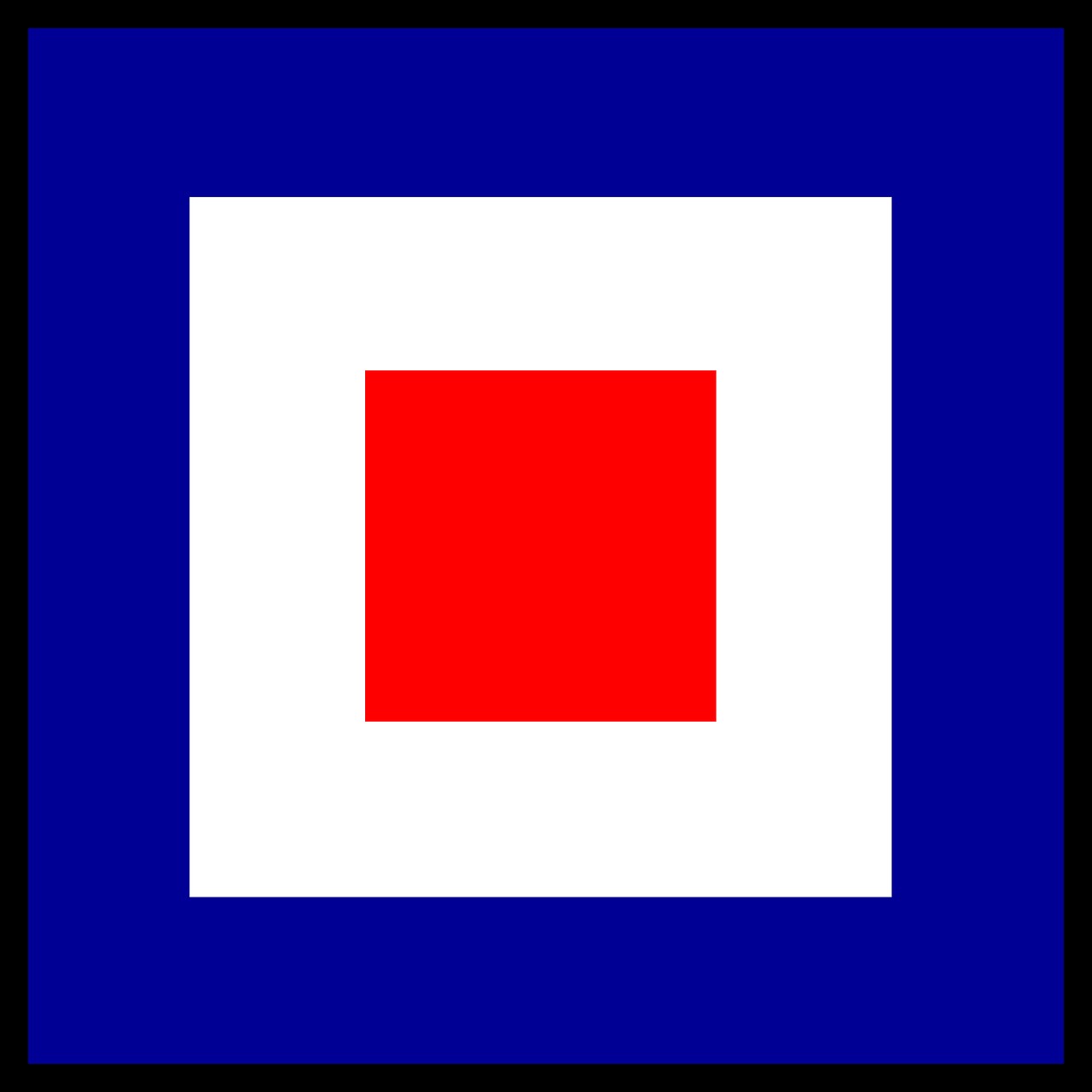
The history of nautical flags
The history of nautical flags dates back to ancient times when seafarers used various means to communicate. However, it was in the 18th century that a more standardized system began to emerge. The British Royal Navy played a significant role in developing this system, creating a code of signals that could be used universally.
In 1857, the British Board of Trade introduced the International Code of Signals (ICS), which was later adopted by other maritime nations. This code included a set of flags, each representing a letter of the alphabet or a specific message.
Over time, the ICS has evolved, but the core principles remain the same, allowing for effective communication between vessels of different nations.
The alphabetical meanings of nautical flags
Each nautical flag represents a letter of the alphabet and has a specific meaning when used individually or in combination with other flags. Here is a breakdown of the alphabetical meanings and their respective signals:
A - Alpha: Diver down, keep clear.
B - Bravo: Carrying dangerous cargo.
C - Charlie: Yes/affirmative.
D - Delta: Keep clear; I am maneuvering with difficulty.
E - Echo: Altering course to starboard.
F - Foxtrot: I am disabled; communicate with me.
G - Golf: I require a pilot.
H - Hotel: Pilot on board.
I - India: Altering course to port.
J - Juliet: On fire, keep clear.
K - Kilo: I wish to communicate.
L - Lima: Stop your vessel immediately, I have something important to communicate.
M - Mike: My vessel is stopped.
N - November: No/negative.
O - Oscar: Man overboard.
P - Papa: In port: all personnel return to ship, proceeding to sea.
Q - Quebec: Ship meets health regulations; request clearance into port.
R - Romeo: No meaning. When used with a numeric flag, it’s the distance in nautical miles.
S - Sierra: Moving astern.
T - Tango: Keep clear of me, I am engaged in trawling.
U - Uniform: You are running into danger.
V - Victor: I require assistance.
W - Whiskey: I require medical assistance.
X - X-ray: Stop your intention, watch for my signals.
Y - Yankee: I am dragging anchor.
Z - Zulu: I require a tug.
In the instance of Q - Quebec, this is also known as requesting free pratique. Free pratique is permission given by a port for a vessel to enter once it has been certified free of infectious disease.
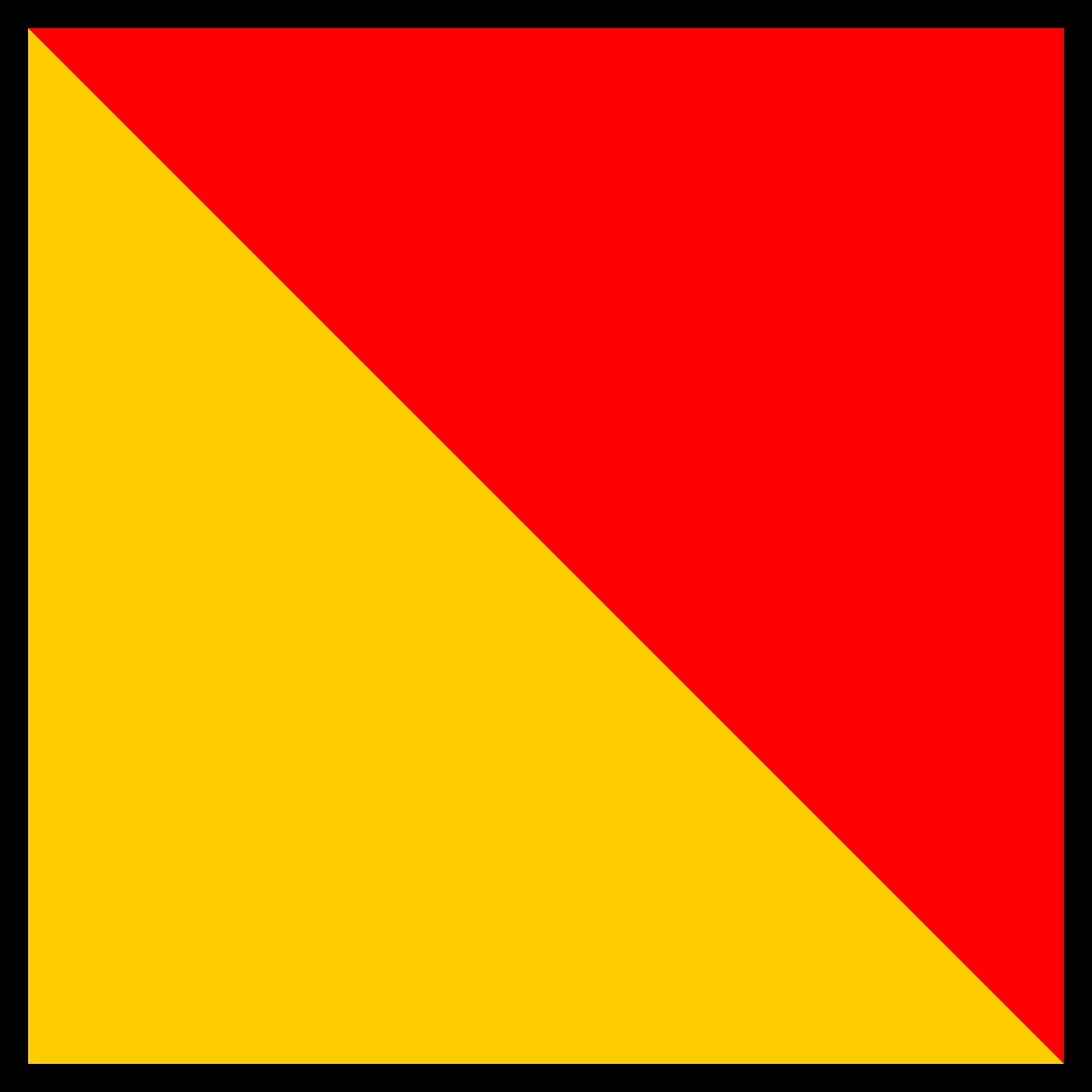
Special flags and their meanings
In addition to the alphabetical flags, there are several special flags with specific meanings:
- Answering Pennant: Acknowledgment of a signal.
- First Substitute: Repeats the first flag in a hoist.
- Second Substitute: Repeats the second flag in a hoist.
- Third Substitute: Repeats the third flag in a hoist.
These special flags are often used to avoid confusion when the same flag needs to be used multiple times in a signal.
Flag hoists and their uses
Nautical flags are often used in combination to convey complex messages. A series of flags hoisted together is known as a flag hoist. These combinations can represent a wide range of instructions, warnings, and information.
For example:
- Alpha, Bravo, Charlie: "I am taking in, or discharging, or carrying dangerous goods."
- November, Charlie: "No negative change."
- Mike, India, November, Alpha: "Medical emergency; require assistance."
The context and the number of flags used can greatly alter the meaning, making it essential for sailors to be well-versed in the various combinations and their interpretations.
The role of nautical flags in modern maritime operations
While modern technology, such as radios and satellite communication, has taken over much of ship-to-ship communication, nautical flags still hold an important place in maritime operations. They are particularly useful in situations where electronic communication may have failed or be impractical.
For example, during regattas and other sailing competitions, flags are used extensively to communicate race instructions and statuses. Additionally, nautical flags are often employed in port areas to signal berthing instructions and movements, ensuring safe and efficient docking operations.
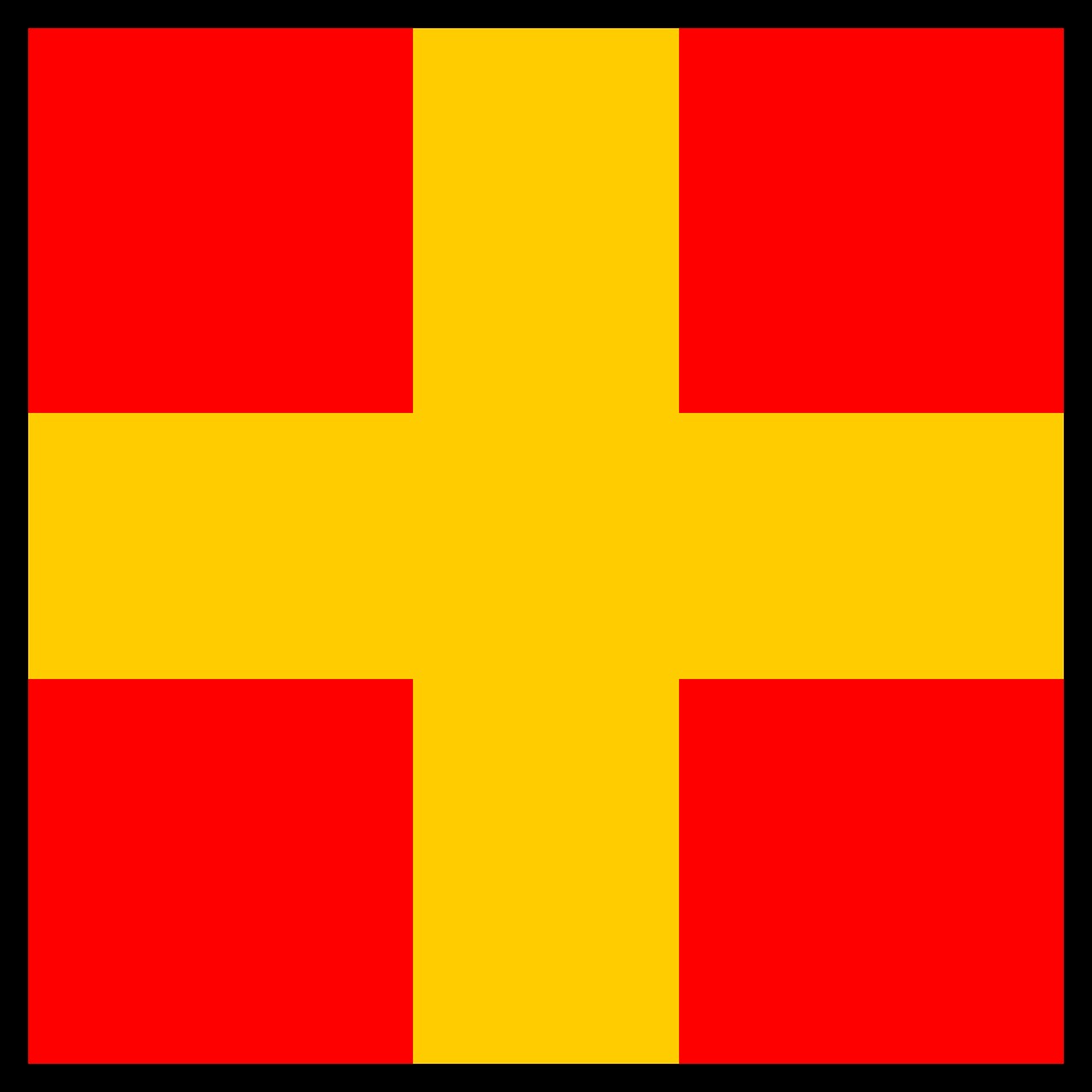
Looking for more information about maritime terminology and nautical phrases? Our shipping glossary has you covered from A-Frame through to Zulu!
The aesthetic and cultural significance of nautical flags
Beyond their practical uses, nautical flags also carry aesthetic and cultural significance. Their bright colors and distinctive patterns make them an iconic part of maritime heritage. Many maritime organizations, navies, and yacht clubs use flags in their ceremonies and traditions, celebrating the rich history and culture of seafaring.
Nautical flags: A historic means of communication still used today
Nautical flags are a fascinating and essential aspect of maritime communication, with a history that spans centuries. Understanding their meanings and uses is crucial for anyone involved in seafaring, from professional mariners to recreational sailors.
By providing a universal language at sea, nautical flags ensure safety, efficiency, and a continued connection to the traditions of the maritime world. Whether signaling distress, coordinating maneuvers, or simply celebrating maritime heritage, these flags remain a vital part of the modern seafarer or sailor’s toolkit.

Eve Church
Eve is Martide's content writer, publishing regular posts on everything from our maritime recruitment and crew planning software to life at sea. Eve has been writing professionally for more than two decades, crafting everything from SEO-focused blog posts and website landing pages to magazine articles and corporate whitepapers.
UK
